RECOMMENDED: The Best Things to do in Tenerife.
Tenerife History – From its Past to the Present
Tenerife, the largest island in the Canary Islands archipelago, isn’t just a sun-drenched paradise. Its story stretches back millions of years, a captivating saga etched in volcanic eruptions, whispered in the language of a lost civilization, and stained with the clash of cultures. The History of Tenerife.
Born from the Bellows of the Earth:
Our story begins around 12 million years ago, a time when colossal volcanoes raged in the heart of the Atlantic Ocean. Molten rock spewed forth, hissing and spitting as it met the cool embrace of the sea. Over millennia, these fiery mountains solidified, gradually forming the foundation of Tenerife. This volcanic birth-right not only sculpted the island’s dramatic peaks and fertile valleys, but also laid the groundwork for a unique ecosystem that would become home to a fascinating people.
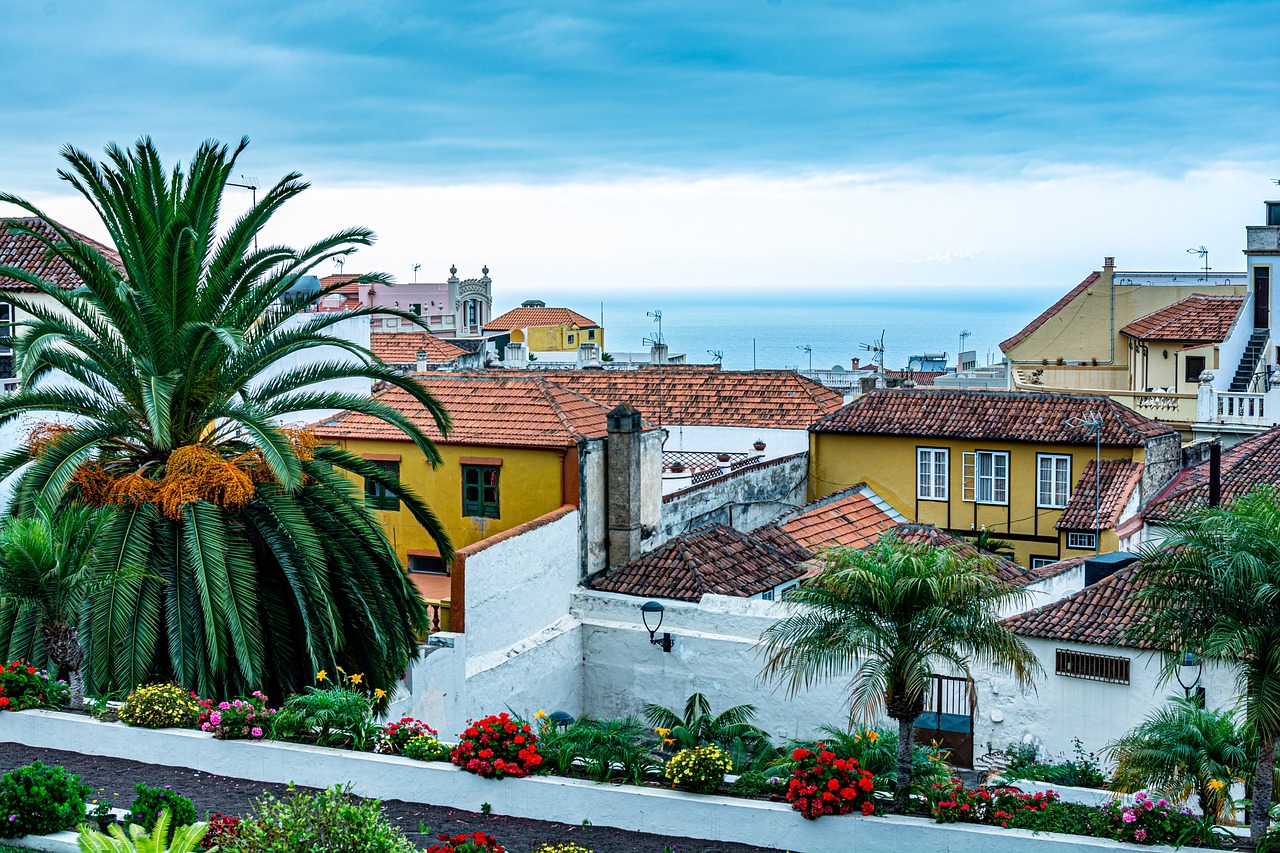
The Enigmatic Guanches: Whispers of a Lost World
Fast forward a few millennia, and we encounter the Guanches, the island’s first human settlers. These Berber people, believed to have arrived around 200 BC, hailed from North Africa. Unlike the carefree beach bums often associated with island cultures, the Guanches were a complex society. They adapted to the island’s climate by living in ingenious cave dwellings called “casas cueva,” some of which can still be explored today. Their intricate social structure and advanced mummification practices speak to a deep connection with the natural world and a rich cultural heritage. Imagine stumbling upon a perfectly preserved Guanche mummy while hiking through a volcanic valley – a chilling reminder of the island’s mysterious past.
The Spanish Arrival: A Clash of Cultures
The 15th century marked a turning point in Tenerife’s history, ushering in an era of significant change. European explorers, led by the Spanish conquistadors, arrived on the shores of Tenerife in 1494. The clash of cultures was inevitable. The Guanches, though fierce and adept warriors, were ultimately overpowered by superior weaponry and tactics. Though their way of life was forever altered, their legacy lives on in place names, specific agricultural practices, and the whistling language, el Silbo Gomero, still spoken on the neighbouring island of La Gomera. Spanish influence began to permeate all aspects of life, from language and religion to customs and architecture.
From Grapes to Gold: An Island’s Ever-Shifting Bounty
For centuries, Tenerife’s economy thrived on agriculture. Lush vineyards, meticulously tended by the Guanches and later the Spanish, flourished across the island, producing rich wines that were prized across Europe. Visitors today can still experience the remnants of this era by exploring the Tacoronte-Acentejo wine region, where the volcanic soil continues to impart unique characteristics to the local wines. Sugarcane plantations also played a significant role in the island’s growth, their sweet success story fuelling the island’s prosperity in the 16th and 17th centuries. However, the 18th century witnessed the rise of a new golden crop: bananas. These yellow beauties, introduced from the Americas, quickly transformed Tenerife’s agricultural landscape, becoming a major export and a symbol of the island’s continued economic vitality.
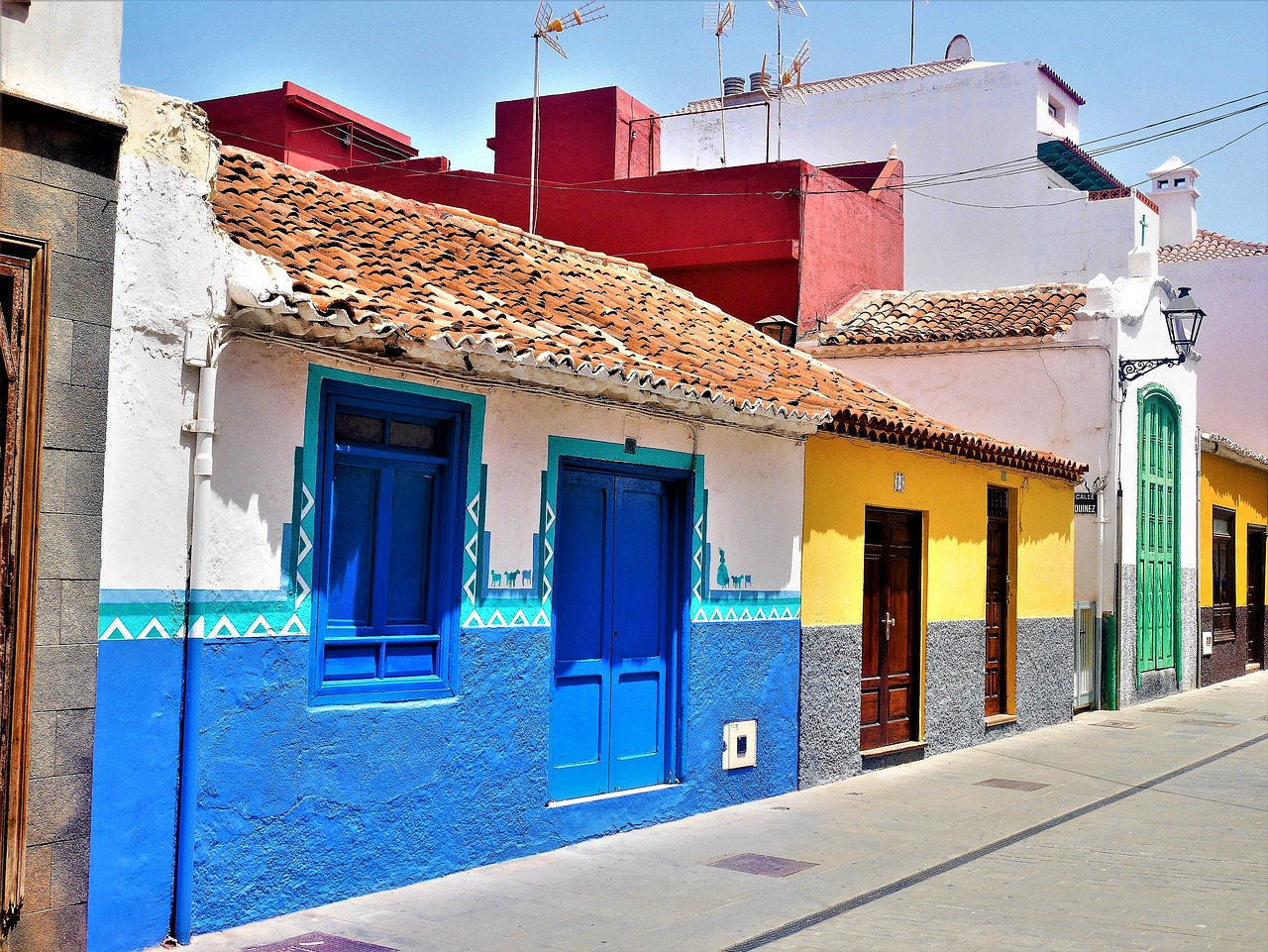
Sunsets and Sangria: The Rise of a Tourist Paradise
The 19th century saw a shift in Tenerife’s trajectory, as the island’s natural beauty and warm climate began to attract a new kind of visitor. Wealthy Europeans, seeking refuge from the chilly grip of their homelands, discovered Tenerife’s sunshine and breath-taking scenery. Early resorts began to appear in Puerto de la Cruz and Santa Cruz de Tenerife, catering to these well-heeled travellers. This marked the dawn of modern tourism in Tenerife, a seed that would blossom into the thriving industry it is today.
YOU DON’T WANT TO MISS: The Best Excursions in Tenerife.
A Modern Marvel with a Past to Remember
Today, Tenerife is a captivating blend of old and new, where the whispers of the past intertwine with the vibrant energy of the present. Visitors can wander through charming historical towns like San Cristóbal de La Laguna, a UNESCO World Heritage Site, and marvel at the architectural legacy of the Spanish conquest. Archaeological sites whisper stories of the Guanche people, offering glimpses into their fascinating culture and way of life. And of course, there’s the ever-present volcanic majesty – Mount Teide, Spain’s highest peak, stands as a silent sentinel, a constant reminder of the island’s fiery origins.
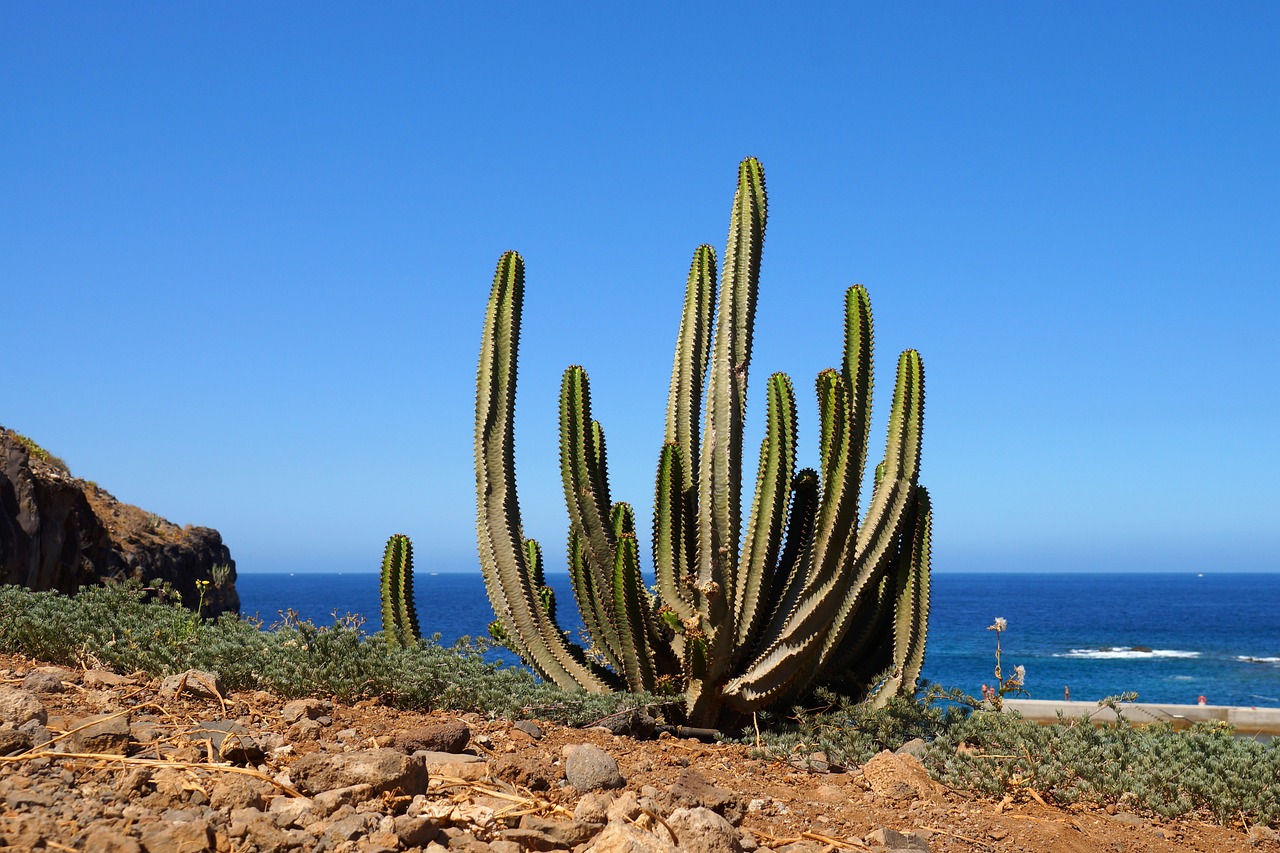
Looking Ahead: Balancing Progress and Preservation
Tenerife’s future is undoubtedly bright, but challenges lie ahead. Sustainability is a growing concern, with a focus on eco-tourism and protecting the island’s natural beauty. The goal? To ensure that future generations can experience the magic of Tenerife, a place where history whispers in the wind, adventure awaits around every corner.
If you enjoyed this post please consider joining our Facebook group where we share more holiday guides/tips and tricks to make your holidays even more memorable.
And, if you are looking for some exciting activities to do whilst in Tenerife we have some great offers below;


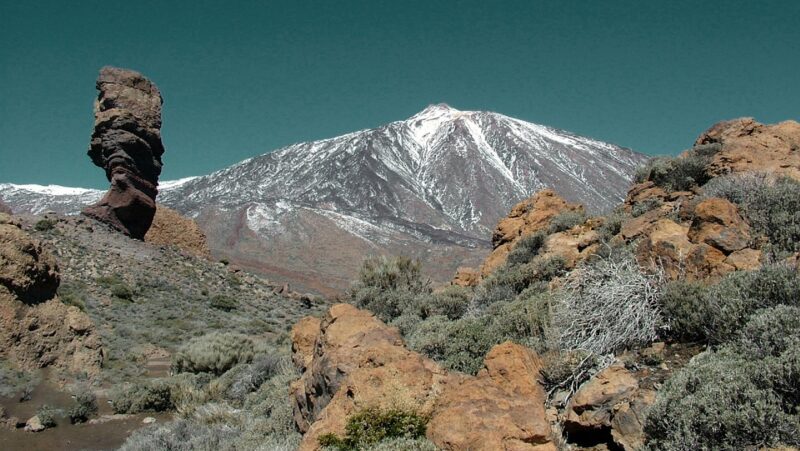
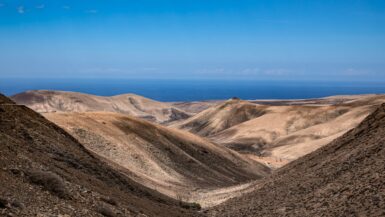
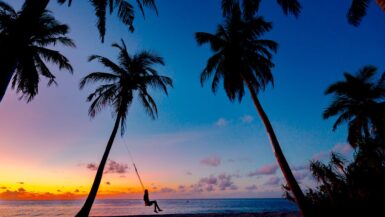
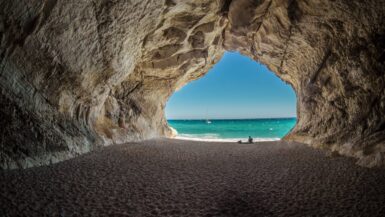
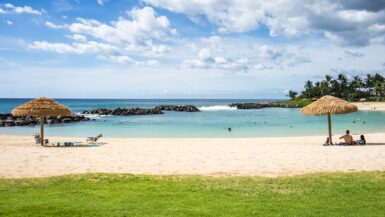

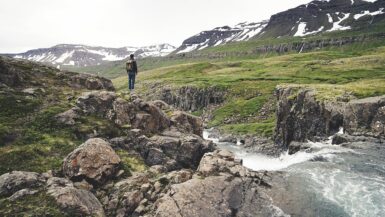
Leave a reply